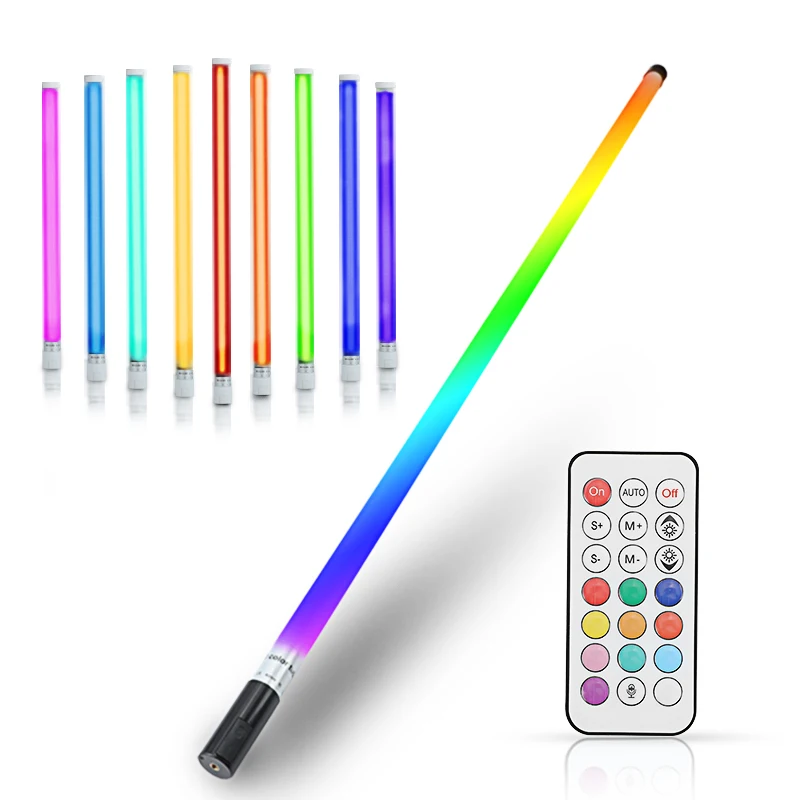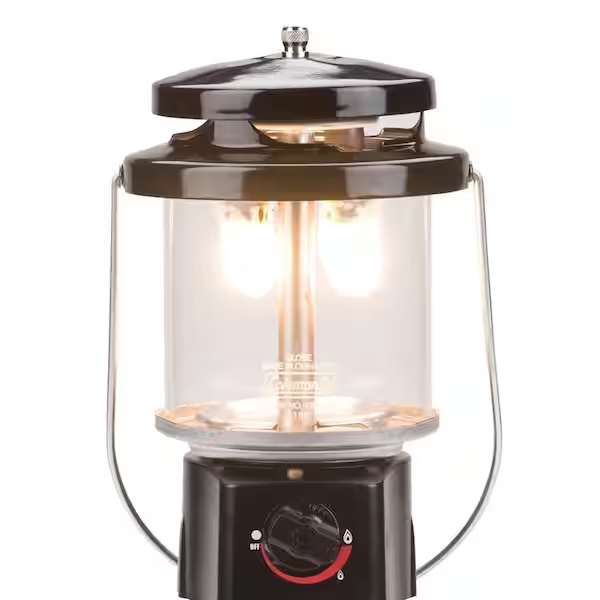RGB tube light have become a popular choice for those seeking dynamic and customizable lighting solutions. These lights offer a spectrum of colors and can transform any space with their vibrant and adaptive illumination. This comprehensive guide explores the technology behind RGB tube light, their applications, benefits, installation tips, customization options, and maintenance practices.
Contents
Understanding RGB Technology
How RGB Lights Work
RGB stands for Red, Green, and Blue, the three primary colors of light. RGB tube lights use LEDs that combine these colors at various intensities to produce a wide range of hues. By adjusting the intensity of each diode, RGB lights can create millions of different colors. The underlying technology involves controllers that modulate the voltage supplied to each color channel, allowing for precise color mixing. This capability makes RGB tube light highly versatile, enabling users to achieve virtually any color they desire.
Components of RGB Tube Lights
An RGB tube light consists of several key components: the LED diodes, a controller, and often a diffuser. The LED diodes emit the red, green, and blue light, while the controller manages the intensity and on/off cycles of each diode. Some RGB tube lights also include a diffuser to soften and evenly distribute the light, reducing glare and harsh shadows. Advanced models may feature integrated smart technology, allowing for remote control and automation. Understanding these components helps users choose the right RGB tube light for their specific needs.
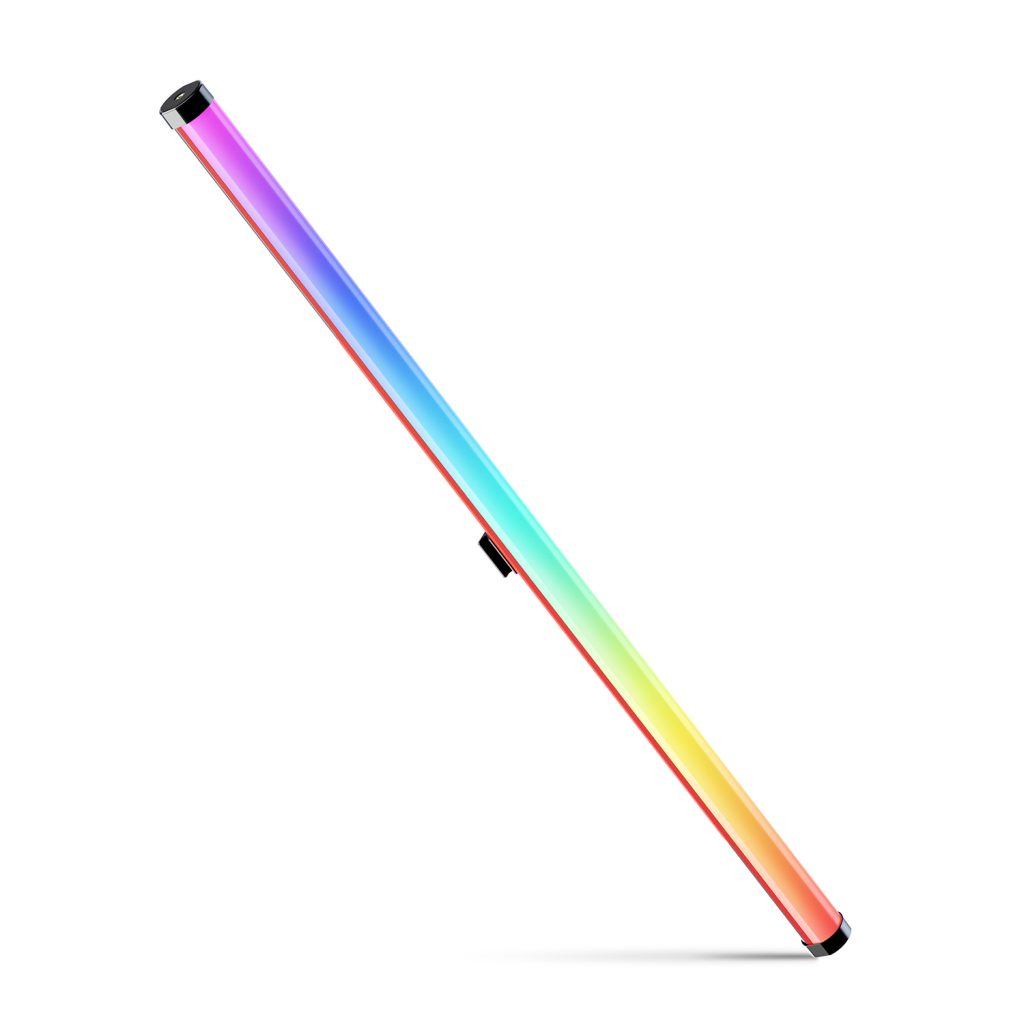
Applications of RGB Tube Lights
Residential Use
RGB tube lights are widely used in residential settings to enhance interior design and create unique atmospheres. They can be installed under kitchen cabinets, along hallways, in living rooms, and even in bedrooms to provide ambient lighting. The ability to change colors creates endless possibilities for mood lighting, making spaces more inviting and visually appealing. For special occasions like parties or holidays, RGB tube lights can add a festive touch with themed lighting effects. Their versatility and aesthetic appeal make them a favorite choice among homeowners.
Commercial and Industrial Use
In commercial and industrial settings, RGB tube lights are used for both functional and decorative purposes. Retail stores use them to highlight displays and create engaging shopping environments. Restaurants and hotels use them to enhance ambiance and elevate the customer experience. In industrial applications, RGB tube lights can be used for signaling and safety purposes, as different colors can denote specific statuses or hazards. The adaptability and visual impact of RGB tube lights make them valuable in various professional settings, helping businesses create memorable and effective lighting schemes.
Benefits of RGB Tube Lights
Customization and Flexibility
One of the primary benefits of RGB tube lights is their customization and flexibility. Users can easily adjust the color, brightness, and even lighting patterns to suit their preferences and needs. This customization can be achieved through remote controls, smartphone apps, or integrated smart home systems. Such flexibility allows users to create different atmospheres for different activities, from relaxing evenings to vibrant parties. The ability to tailor lighting to specific moods and tasks enhances the user experience and adds a personal touch to any space.
Energy Efficiency and Longevity
RGB tube lights are also known for their energy efficiency and longevity. LED technology consumes significantly less power than traditional lighting options, leading to lower electricity bills and reduced environmental impact. Additionally, RGB LEDs have a much longer lifespan, often lasting up to 50,000 hours or more. This means less frequent replacements, reduced maintenance costs, and less waste. Investing in RGB tube lights is not only a sustainable choice but also a cost-effective one in the long term. Their durability and efficiency make them a practical lighting solution for various applications.
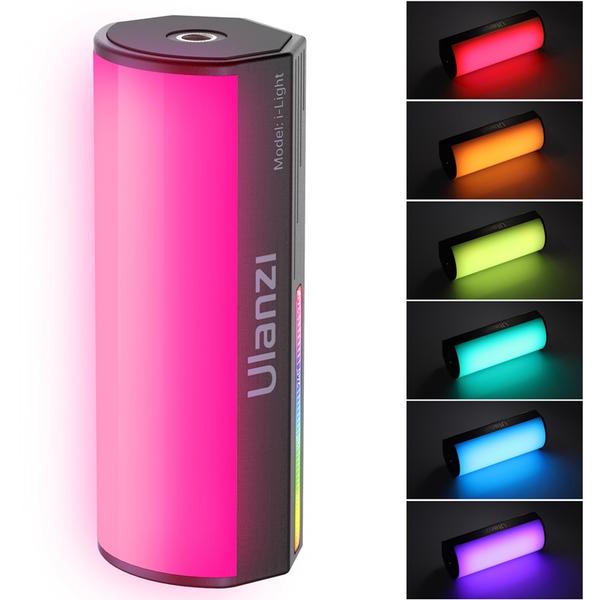
Installation Tips for RGB Tube Lights
Planning and Preparation
Proper planning and preparation are crucial for the successful installation of RGB tube lights. Start by determining the desired placement and purpose of the lights. Measure the areas where the lights will be installed to ensure they fit properly. Choose appropriate fixtures and accessories, such as mounting brackets or adhesive strips, to secure the lights in place. Ensure you have the necessary tools and materials before beginning the installation. Taking the time to plan and prepare helps avoid common installation issues and ensures a smooth process.
Step-by-Step Installation
The installation process for RGB tube lights can vary depending on the specific product and application. However, a general step-by-step guide includes:
- Positioning: Mark the locations where the tube lights will be installed.
- Mounting: Secure the mounting brackets or adhesive strips to the marked positions.
- Connecting: Attach the RGB tube lights to the brackets or strips.
- Wiring: Connect the lights to their power source and controller. Follow the manufacturer’s instructions for wiring to ensure safety and functionality.
- Testing: Turn on the lights and test the RGB settings to ensure everything is working correctly.
- Final Adjustments: Make any necessary adjustments to positioning or settings to achieve the desired effect.
Following these steps ensures a successful installation and optimal performance of your RGB tube lights.
Customization Options for RGB Tube Lights
Color and Brightness Settings
One of the standout features of RGB tube lights is the ability to customize color and brightness settings. Most RGB tube lights come with a remote control or a smartphone app that allows users to select from a wide range of colors and adjust the brightness level. This customization can enhance different moods and activities, such as choosing warm, dim lighting for relaxation or bright, vibrant colors for parties. Some advanced models also allow users to create and save their favorite color combinations and lighting presets for quick access.
Lighting Effects and Automation
In addition to color and brightness settings, many RGB tube lights offer various lighting effects and automation options. These can include static colors, dynamic color-changing modes, strobe effects, and gradual fading. Users can program these effects to cycle through colors automatically or respond to music and other external stimuli. Automation features might include scheduling lights to turn on or off at specific times or syncing with smart home systems. These customization options add a new dimension of interactivity and convenience to lighting, making spaces more dynamic and responsive to user needs.
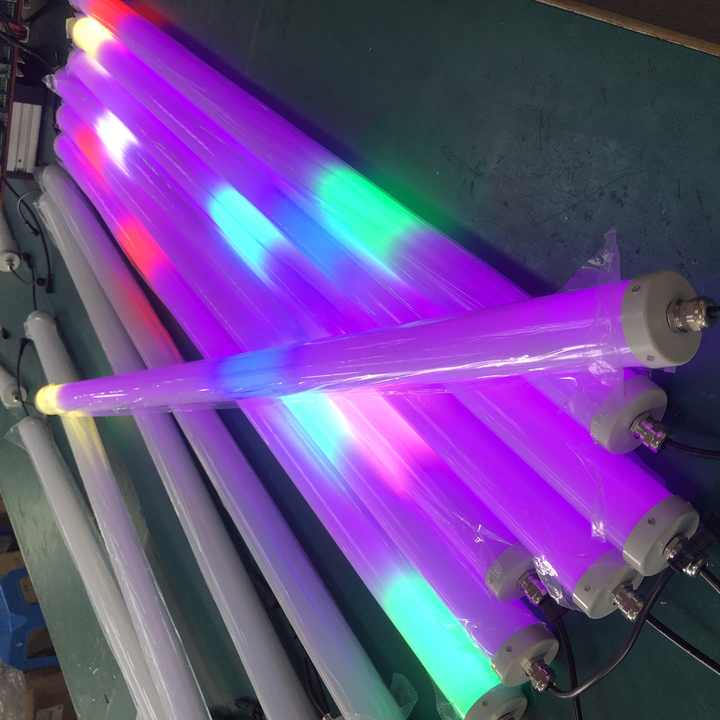
Maintenance Practices for RGB Tube Lights
Regular Cleaning
Regular cleaning is essential for maintaining the performance and longevity of RGB tube lights. Dust and dirt can accumulate on the surface of the lights and fixtures, reducing light output and potentially causing overheating. To clean the lights, gently wipe them with a soft, dry cloth or a cloth slightly dampened with water. Avoid using harsh chemicals or abrasive materials, as these can damage the LEDs and the diffusers. Regular cleaning helps ensure that your RGB tube lights continue to provide bright, vibrant illumination.
Troubleshooting Common Issues
Like any electronic device, RGB tube lights may occasionally experience issues. Common problems include flickering, color distortion, and connectivity issues with controllers or apps. To troubleshoot flickering, check for loose connections or power supply issues. For color distortion, ensure that the RGB channels are balanced and that there is no damage to the LEDs. If you experience connectivity issues, try resetting the controller or app and re-pairing the devices. Consult the manufacturer’s guidelines for specific troubleshooting steps and seek professional assistance if needed.
In conclusion, RGB tube lights offer a versatile, customizable, and energy-efficient lighting solution for a wide range of applications. Understanding the technology behind these lights, their various applications, and the benefits they offer can help consumers make informed decisions. Proper installation, customization, and maintenance practices ensure optimal performance and longevity, allowing users to enjoy the full potential of RGB tube lights. Whether used in residential, commercial, or industrial settings, RGB tube lights provide a dynamic and engaging lighting experience, enhancing the functionality and aesthetic appeal of any space.
